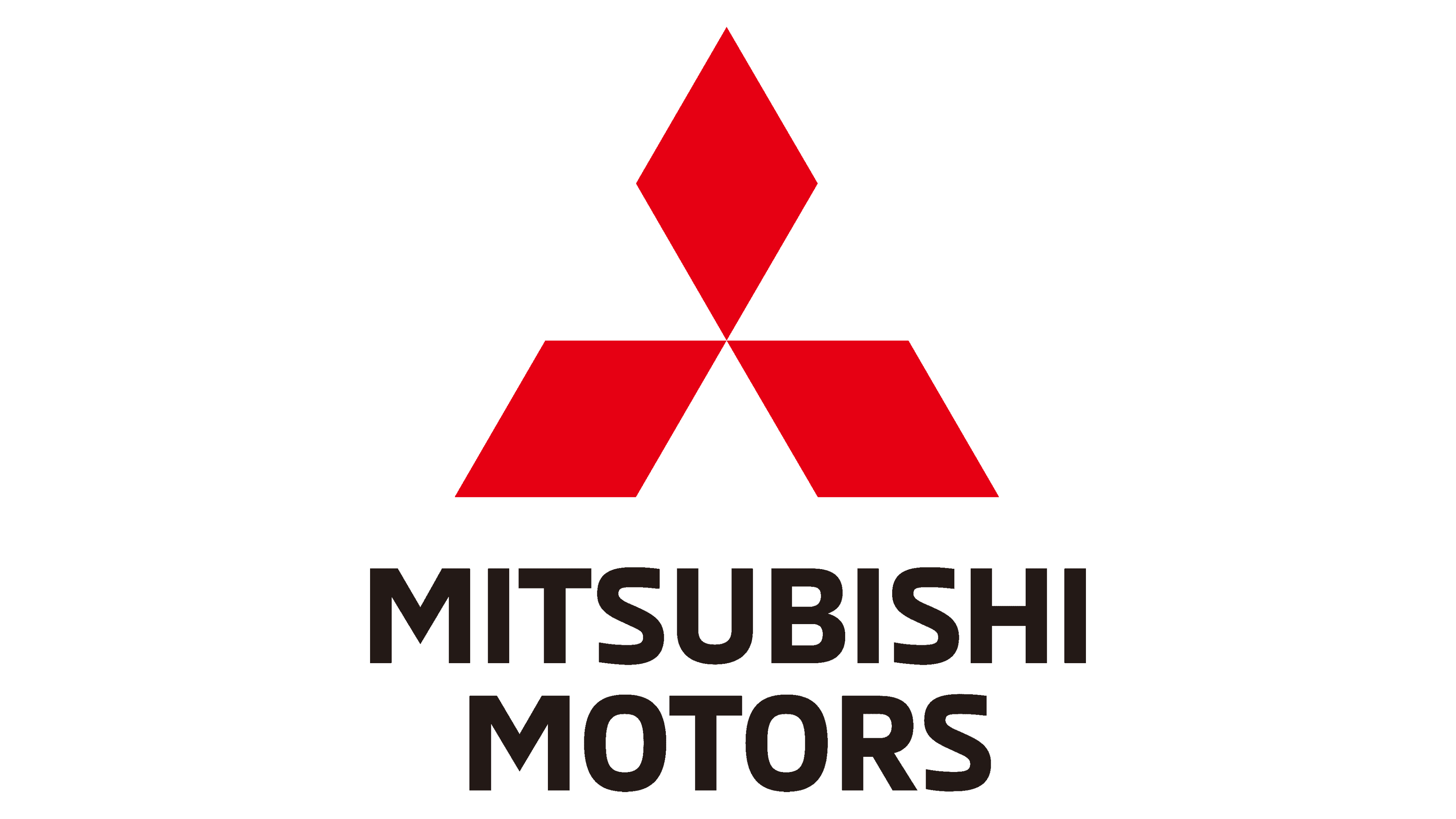Like some other big players in the industry (Renault, Opel, etc.), Mitsubishi started off doing something completely different. In 1870-1917, they’ve been building ships for Japan. But even so, they are still one of the most prestigious car producers of the region, if not the world.
Meaning and History
It’s important to distinguish Mitsubishi from Mitsubishi Motors. The former is a big company that produces a lot of other things besides cars, and the latter is a company dedicated specifically to car creation. Regardless, the brand was developing automobiles even before the creation of Motors in 1970.
The three rhombs was the only logo they used during their car construction phase, and it’s based on several other family symbols used by the company before that.
1870 – 1875
There were several logotypes used by Mitsubishi in their early years. The very first one was the family symbol of Yataro Iwasaki, the founder of this company. The Japanese entrepreneurs often use their family names for their start-ups (Honda, Toyota, and so on). Iwasaki basically named the company after the images from his family symbol.
Mitsubishi means ‘three rhombs’, and that’s exactly what the first logo depicted – three black wide rhombuses one on top of another. Each shape was smaller than the one below it, and they were richly outlines with white where they touched each other.
The other logo was also the family symbol, but of the samurai clan Tosa – the clan that first employed Iwasaki. This one depicted three oak leaves in black and white organized in the shape of star. This shape was later used as the basis for the now-famous Mitsubishi logotype.
1875 – 1914

Before the company settled on the contemporary emblem, they used several versions of the Tosa symbol. These were also inspired by the founder’s own emblem, because the leaves were replaced with slim rhombs. They were a lot like those we have today, but much slimmer and longer. In the center, they were linked together.
The modern Mitsubishi logo is basically a combination of Tosa oak leaves shaped like a star and the three rhombs (or diamonds, as Mitsubishi insist) on top of them. The domain of Tosa doesn’t exist anymore – abolished by imperial decree in 1871 – but they keep on living through Mitsubishi, and the company doesn’t intend to change it.
1914 – 1953

The emblem at the beginning of the new century was based on the previous version. The company worked on perfecting the emblem, so it made the red a bit brighter and removed the ring in the center. This created a more symmetrical image as the rhombuses were no longer cut in the center. Otherwise, for the next almost forty years, the company used a logo that was already well-recognized.
1953 – Today

In 1953, the rhombs on their emblem became much more geometrically sound and pleasant. The shapes complement one another greatly – for instance, the upper and lower sides of the two rhombs below are completely horizontal, and the rhombs themselves are completely symmetrical.
Furthermore, wherever you look at the logo, you can see that each of the lines is continued by one of the lines of the other rhomb – rather an ingenious design.
1970 – Today

The general logo just spelled ‘Mitsubishi’, but for the dedicated car company that was created in 1970 that wrote ‘Mitsubishi Motors’ beneath the emblem.
Emblem and Symbol

Mitsubishi never really made any changes to its symbol since 1914. It pleases the eye, coincides with the name and gives credit to the company’s history. They also use the same symbol for their car badges without any differences at all, except for the necessary metallic look and deep chroming.
The Legends
Mitsubishi is a versatile brand, the created all types of cars – from compact cars to off-roads and trucks. In terms of compact cars, they often return to their 1973 Lancer which was so successful they keep putting them on a race trek since late 70s.
Different generations bring something new to the concept, but it’s still a generally V4 sedan with outstanding quality and longevity.


